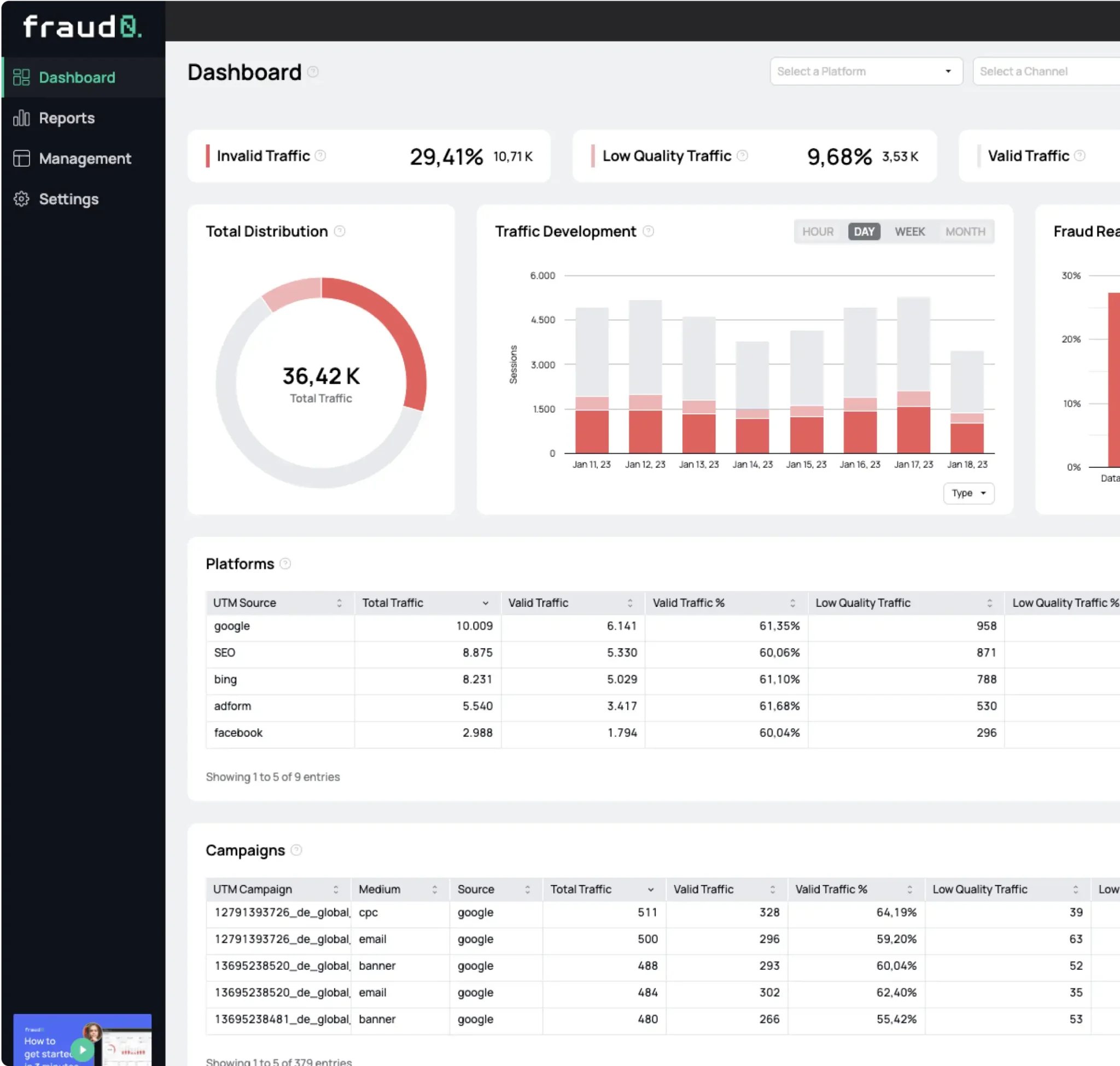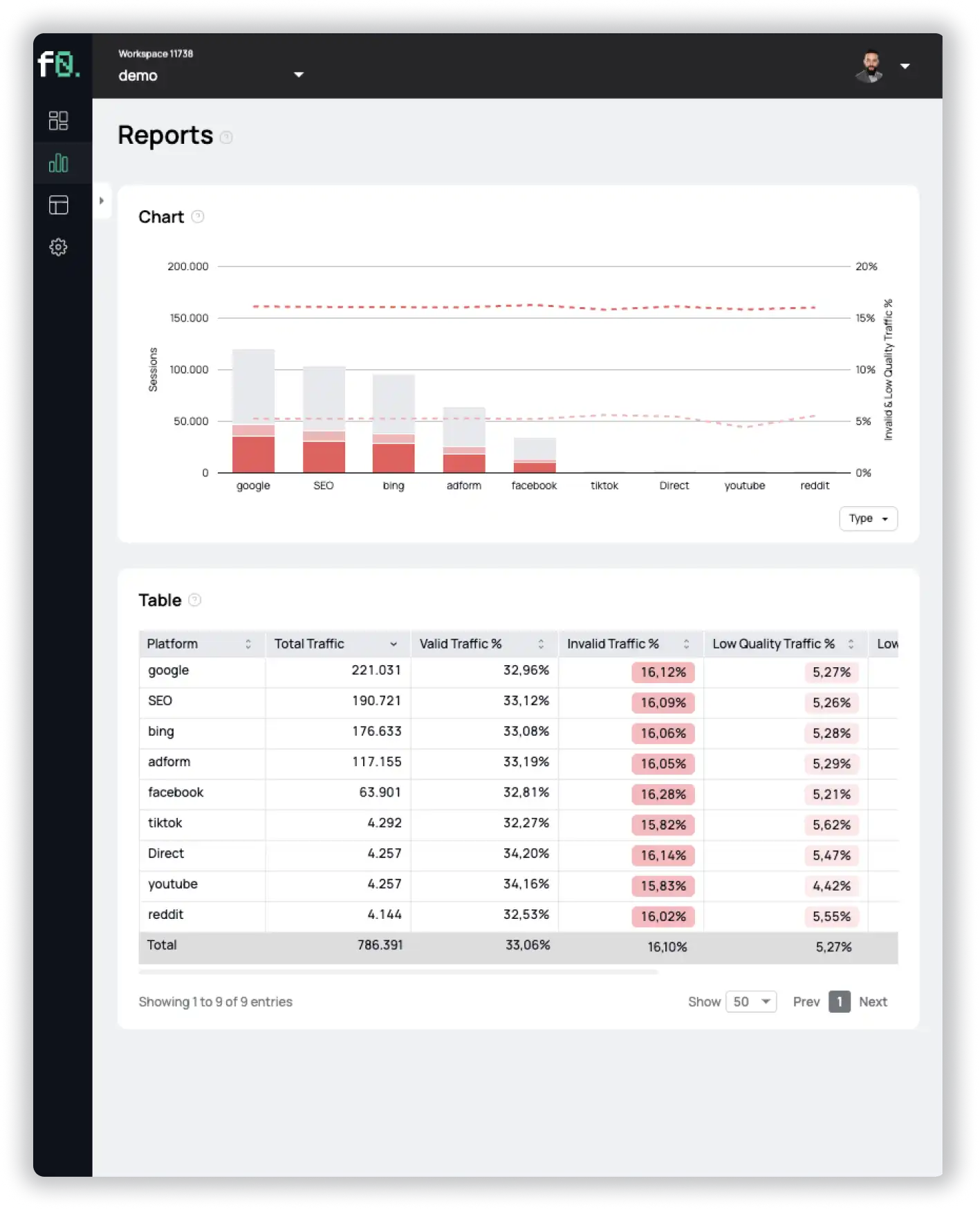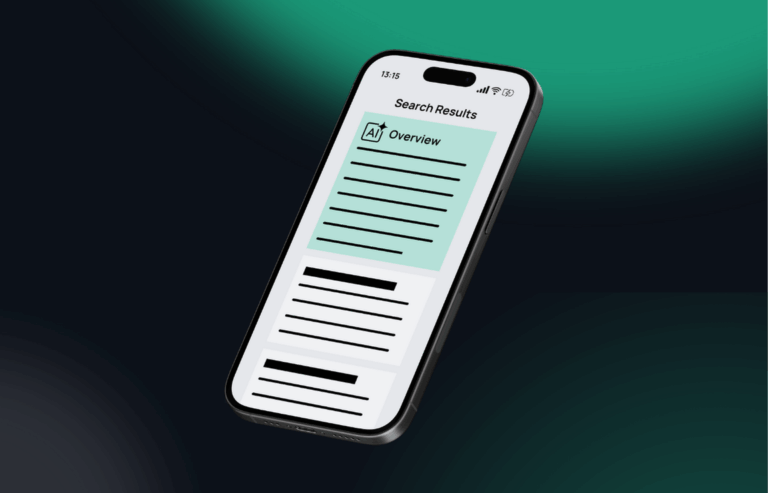- Blog
Uncomplicating Digital Ad Fraud with fraud0: How to Solve It Yourself

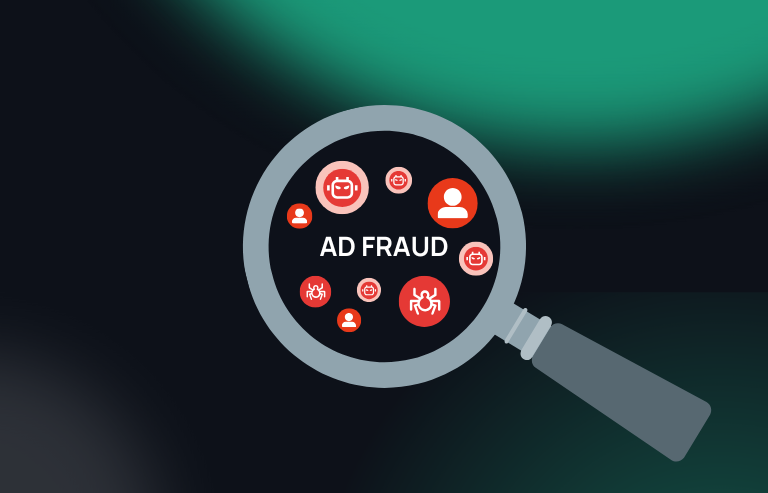
Let’s face it: digital ad fraud is an enigma wrapped in a mystery for many in the advertising world. But it’s not your fault. For years, you’ve been told ad fraud is minimal – less than 1%. But here’s the reality: ad fraud is very real, and it’s time to get to the bottom of it.
Breaking Down Digital Ad Fraud
Ad fraud isn’t just a buzzword; it’s a serious issue costing advertisers billions. Fraudsters have become smarter, leveraging areas where they can make quick money, while legacy fraud detection tools fail to catch them. So let’s debunk some myths and show you how easy it is to detect and solve this problem.
Myth #1: “There’s No Ad Fraud in Connected TV (CTV)”
We hear this a lot: “There’s no fraud in CTV because it’s impossible.” Well, that’s true – if your ad is running on platforms like Hulu, Disney+, or Amazon Prime. The bad guys can’t make money from those, because the ad revenue goes to those legit media sellers. So, CTV ad fraud doesn’t occur in genuine CTV channels.
But they’ve found a goldmine in low-quality apps that no one’s heard of. They have hundreds of Roku streaming apps that no one has ever heard of – unseen by real users. Fraudsters inflate the view counts on these fake apps, just like they used bots to boost website traffic years ago. The methods may have evolved, but the game remains the same.
Note that smart TVs, like smartphones, can continue to load ads even when the screen is off, running throughout the night without anyone watching.
Myth #2: “Bots Only Target Big Publishers”
For years, good publishers have been unfairly blamed for bot traffic. Why? Because fraudsters use domain spoofing on programmatic platforms to make it look like advertisers are getting premium inventory when they’re not.
This tactic gained widespread media attention in cases like Sports Bot (2017) and 404 Bot (2020), where billions of fake bid requests were made to appear as though they came from mainstream publishers. In the Sports Bot case, fraudulent bids falsely claimed to be from major sports sites like NFL.com, NBA.com, and MLB.com. But there was no giant botnet involved – just fake bid requests generated by server-side code. Similarly, in the 404 Bot scheme, fraudsters even sent bid requests for non-existent URLs, which led to 404 “page not found” errors when visited. None of this traffic ever reached the actual publisher sites.
Spoofing continues to be a major problem, siphoning ad dollars away from quality publishers. And guess what? The fraud doesn’t even happen on the real sites, so those publishers won’t see any signs of invalid traffic (IVT).
The Fraud Recipe: Multiple Tactics, One Big Problem
Fraudsters don’t stop at bots; they employ a variety of clever tactics, like ad stacking, pixel stuffing etc. We’ve covered these methods in detail in a previous article.
Mobile fraud is rampant, but because the apps and devices are real, legacy verification vendors often miss the problem. Ads loading in the background on alarm clock apps or keyboard apps are still ads you paid for – but no human ever saw them.
So, What Can You Do?
You don’t need to be a data scientist to fix this. All you need is some common sense and a few key levers to pull. Here’s how you can start cleaning up your campaigns:
- Turn Off Audience Networks – Whether it’s Facebook, Google, or TikTok, audience networks are hotbeds for fraud. By switching them off, you eliminate a significant portion of potential fraud.
- Use Inclusion Lists – Only allow ads to run on sites and apps you trust. This simple step cuts out 90% of the fraud. We also have an in-depth article for this.
- Check Your Data with fraud0 – Want to ensure your ads are actually reaching human eyes? Our tool helps you verify that your ads are running on the sites and apps you intended. Think of it as your ad fraud safety net.
You’ve Got This – But We’re Here to Help
Here’s a little secret: you don’t need us to get started with tackling digital ad fraud. By being selective about where your ads run and applying a bit of common sense, you can already make some great progress on your own. But when you’re ready to take things to the next level, we’re here for you. Our tool helps optimize your campaigns for even better results – like reaching real humans and driving genuine engagement.
So, why not take control of your digital advertising and ensure every penny is well spent? The solution is simpler than you might think.
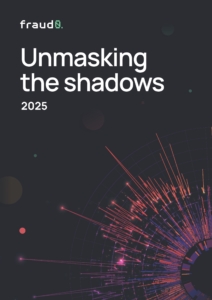
See what’s hidden: from the quality of website traffic to the reality of ad placements. Insights drawn from billions of data points across our customer base in 2024.
1%, 4%, 36%?
